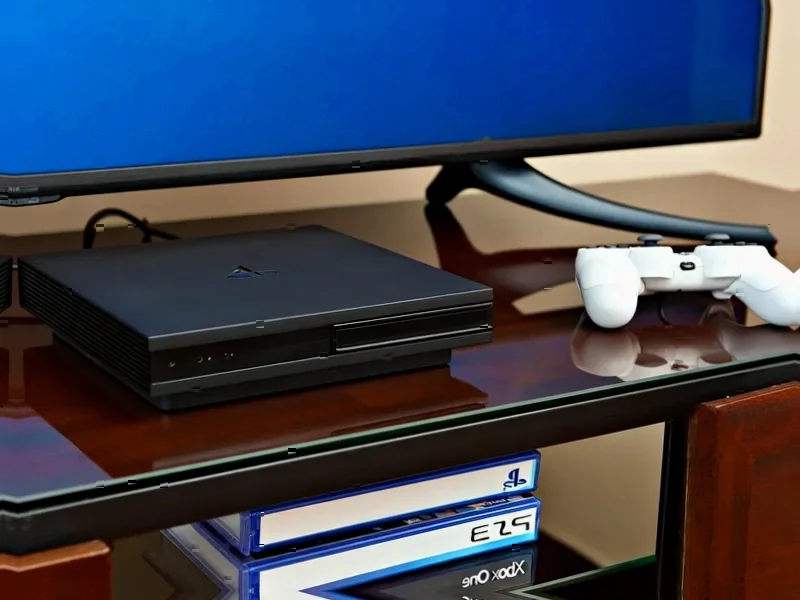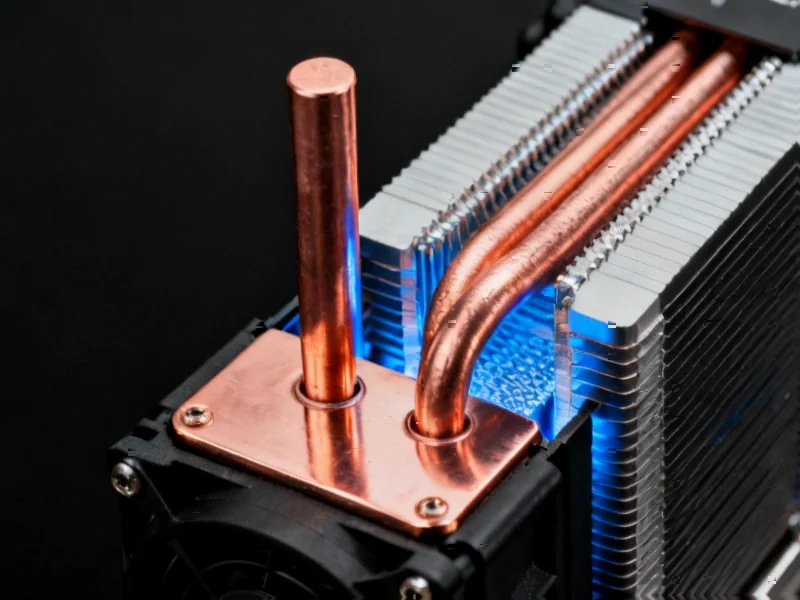According to Eurogamer.net, Microsoft CEO Satya Nadella has provided significant insight into the company’s future gaming hardware strategy, suggesting the next Xbox console will essentially function as a PC. In a recent interview with TBPN, Nadella directly mentioned Steam as a competitor platform and emphasized Microsoft’s position as the largest game publisher following the Activision acquisition. The CEO stated Microsoft wants its games to be available “everywhere, in every platform” including consoles, PC, mobile, cloud gaming, and TV. Nadella specifically challenged conventional wisdom about console-PC separation, noting “we built the console because we wanted to build a better PC which could then perform for gaming.” This comes amid mixed reception to the ROG Xbox Ally, which Eurogamer described as “an impressive handheld PC wearing an Xbox mask.”
Table of Contents
From Hardware Lock-in to Platform Agnosticism
Nadella’s comments represent the culmination of a strategic pivot that began years ago when Microsoft started releasing its first-party titles on both Xbox and PC simultaneously. The company appears to be embracing a reality where traditional console business models face increasing pressure from PC gaming, cloud streaming, and mobile platforms. By treating the next Xbox as essentially a specialized PC, Microsoft can leverage its strengths in Windows development while creating hardware optimized for gaming performance. This approach mirrors how Apple develops its Mac ecosystem—creating specialized hardware that runs a modified version of its mainstream operating system.
The Steam Factor: Coexistence Rather Than Conquest
Nadella’s direct mention of Steam as a competitor platform is particularly telling. Rather than trying to defeat Valve’s marketplace, Microsoft seems to be acknowledging Steam’s dominance while positioning itself as both a platform operator and content provider. This dual-role strategy has precedent in other industries but represents new territory for console manufacturers traditionally focused on walled gardens. The critical question becomes whether Microsoft can create a compelling enough storefront and ecosystem to compete with Steam’s established network effects while maintaining compatibility with the broader PC gaming landscape.
The Technical Hurdles of Convergence
The vision of a console that’s “pretty much just a PC” faces significant technical and user experience challenges. Traditional consoles succeed partly because they offer curated, consistent experiences without the driver issues, compatibility problems, and background processes that can plague PC gaming. Early reactions to the ROG Xbox Ally highlight these concerns, with critics noting that Microsoft apps like OneDrive created hurdles to the gaming experience. Maintaining the plug-and-play simplicity that defines console gaming while embracing PC-like flexibility represents an engineering challenge that Microsoft’s hardware team must solve.
Redefining the Console Market
This strategic shift could fundamentally alter the competitive dynamics of the gaming hardware market. If Microsoft successfully blurs the line between Xbox and PC, it puts pressure on Sony to reconsider its more traditional console approach. More importantly, it positions Microsoft to capitalize on the growing PC gaming market while maintaining a foothold in the living room. The company’s extensive experience with Windows gives it unique advantages in this convergence play, but executing requires balancing the needs of core gamers who value simplicity with PC enthusiasts who demand flexibility and customization.
The Evolving Revenue Model
Microsoft’s move reflects broader changes in how gaming companies generate revenue. The traditional model of selling hardware at or near cost and profiting from game sales and subscriptions is giving way to more diverse approaches. By treating Xbox as essentially a PC, Microsoft can explore new business models including software sales through its store, subscription services like Game Pass, and even taking a cut of third-party software sales in a more open ecosystem. This approach could potentially increase Microsoft’s revenue per user while reducing reliance on the volatile console upgrade cycle.
What This Means for Gamers
For consumers, Microsoft’s direction promises both benefits and uncertainties. The potential for greater hardware flexibility, backward compatibility, and access to a wider library of games represents significant advantages. However, questions remain about whether Microsoft can maintain the quality control and user experience that has defined console gaming. The mixed reception to the ROG Xbox Ally suggests that simply putting Xbox branding on PC-like hardware isn’t enough—the company needs to deliver a genuinely optimized experience that justifies whatever premium pricing it commands for its next-generation hardware.
The success of Microsoft’s Xbox-PC convergence strategy will depend on execution rather than concept. While the vision of a unified gaming platform across devices is compelling, the company must navigate technical challenges, competitive pressures, and consumer expectations to deliver hardware that truly represents the best of both console and PC gaming worlds.



